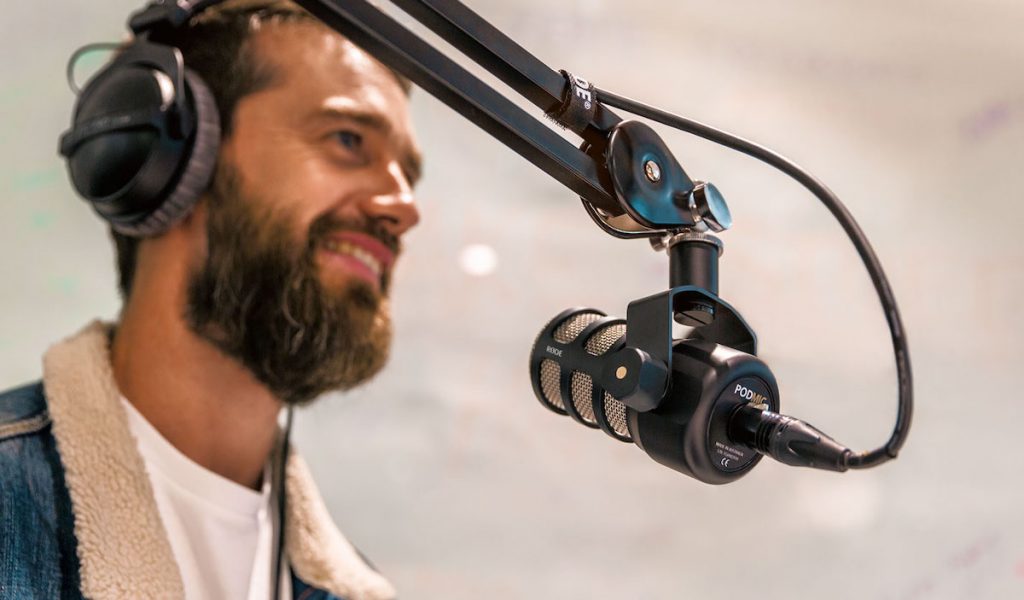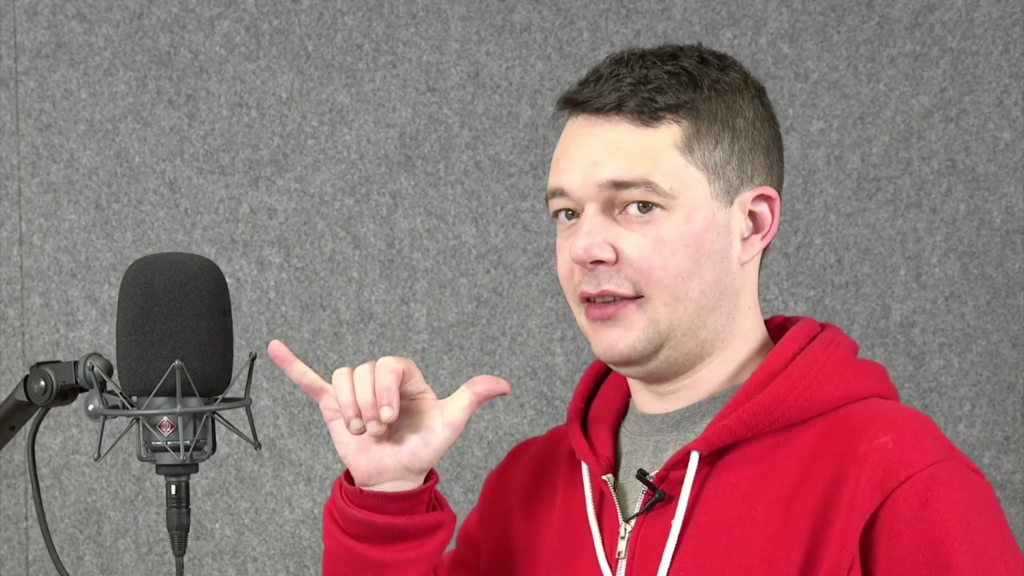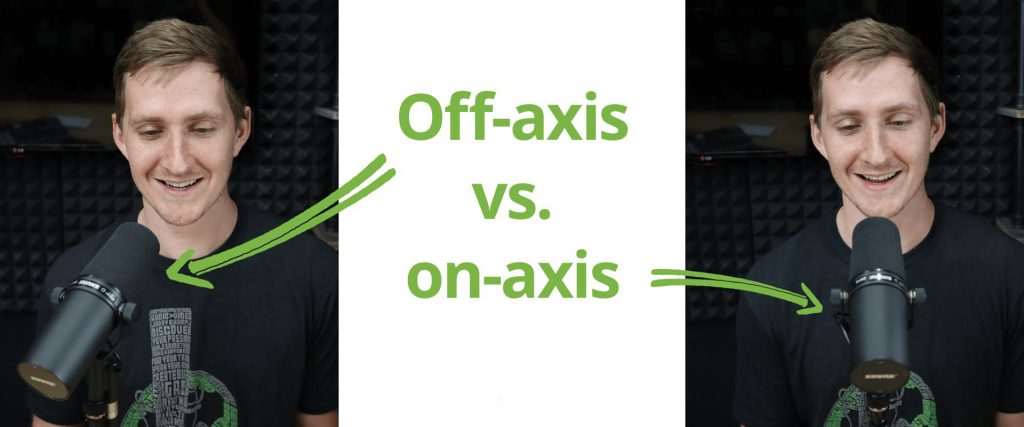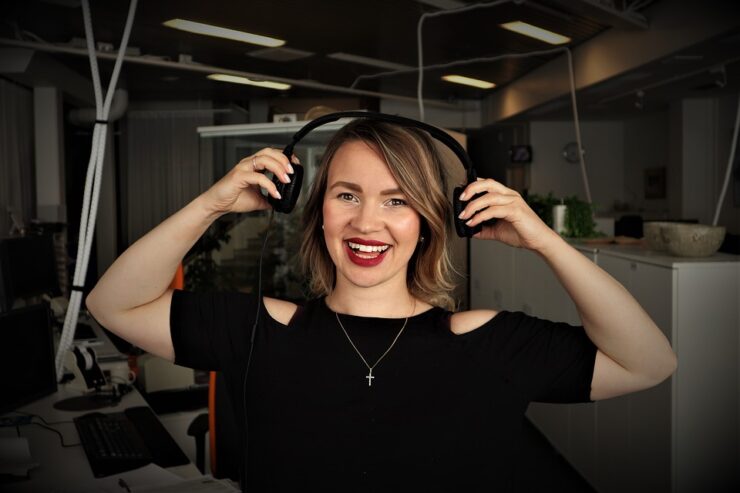Do you know how to setup your podcast? The success of any recording boils down to the use of the best microphone, preamps, and interfaces. When these are combined with other essential instruments, you can enjoy every moment you spend recording. Without understanding the mic technique, your best record won’t benefit your listeners at all.
While you need the best gears to record, the way you use the ones you presently have is important. You can still have a bad recording with the best microphone if you don’t use the microphone well. Hence this article will provide details that will help you on how to set up your podcast in the best way as you combine your microphone and other equipment.
The Mic Technique Defined

When you hear mic technique, it refers to how you relate with your mic while recording. This is influenced by several factors like proximity, mic level, voice level, and the angel of the mic. All these are joined by the mic type, your voice and the environment you are recording from.
If you don’t get the mic technique right, your recording won’t come out well, even if you are holding the best microphone. This will help you against stressing consonant sounds excessively, or other speaking errors. Your podcast can still come out poorly with your poor mic technique; the only remedy is developing good mic techniques.
Read: Best XLR Microphones for Streaming And Podcasting
Ways to Develop Good Mic Technique
Here are some of the essential elements that will help your podcast come out well with the right sound and help you get the best out of the instruments you are using.
Mic Level
Setting your mic level is very important. You should note the gain or input level of your mic, as this will influence how much signals go into the mic for sound production. You can set this with your interface or mixer. When you don’t set the input level well, you are bound to end with a poor recording.
When the gain is low, hiss and unwanted sounds are produced, when too high, it results in overdrive. To get the right level, speak into the mic like you would do when recording, and keep adjusting on your interface until your meter in the -10dB range starts to peak.
Proximity

The distance of the mic to you is another important thing to consider. In learning how to setup your podcast, this phenomenon is referred to as the proximity effect. When you are close to the microphone, this results in more low-frequency information or full sound. When you are farther away from the mic, you have less low-frequency information, and this will result in echo, reverb, and roomy sounds.
While the sensitivity of the microphone differs from one another, you should aim for four finger width from the capsule of the mic when using a conventional microphone. Too close, the sound produced will not be clear and authentic. And when you are too far, that won’t help the situation. With the use of a microphone stand or boom arm, you can place your mic in the best distance.
Voice Level
Your voice level also plays an important role in the sound pressure level that is going into your mic. The loudness of your speech influences the SPL that hits the mic, and when it is in excess, it results in clipping. When you also talk too loudly, there will be loud reflection coming from the wall or the floor.
While the response of your mic will be different when you whisper and when you shout. If you are a good speaker, then it will be easier for you to set the right level. For beginners, you may have to do a lot of tweaking to get the best sound. But shouting is not the solution.
You should also try to get rid of all underground sounds that may be coming from the fan, tickling clocks, and other electronic devices. This will make your recording clearer and sharper.
Read: Quick Guide On Home Sound Studio Setup
Mic Angle

Every mic has a unique sound they produce. Experts can identify the sound of a mic without even touching or seeing the mic. These sounds are influenced by the mic’s sensitivity to varying frequencies. Some mic will pick low frequency quickly, while some will only pick high frequencies alone, and some warm mic can only pick midrange frequencies, not too high, not too low.
Experimenting with the mic angle with respect to your mouth is important if you will know the type of sound your mic will pick. This is popularly referred to as “on-axis” and “off-axis” recording.
For on-axis recording, your mouth is placed perpendicular to the microphone, that is, it is pointing directly to your mouth. Off-axis refers to the setup that requires you to twist the position of the mic to the side. To know which one is best for the mic you are using, try a different position repeatedly till you get the right balance.
Pop Filters
To get rid of plosives, you should consider making use of a pop filter. This is one tool that will help you distribute large sound waves before they cause distortion in your recording. The pop filter is made of mesh or metal disk, and they are placed at the flexible goosenecks of the stand you are hanging your mic on.
You should ensure that the pop filter is placed very close to your mic capsule. You should then give yourself and the mic a distance of 1 inch; then you can start talking. The setup of the mic will also determine the distance you have to maintain. Then try and listen to the sound delivered. If it is good enough, go with it; otherwise, adjust.
You can also make use of foam cover to get rid of plosives and eliminate diffusion by redirecting air coming out of your mouth. You should also make use of a shock mount that will reduce bumps and table sounds.
Conclusion
These are the essential mic techniques that will help record your best podcast. It is also good to note that your choice of mic will affect your mic techniques. The level of gains will differ by mic, response to proximity will vary, and the ability to handle SPLs will also be dependent on the selected mic. When you make the right choice of mic, then setting up and recording the best podcast becomes easier.
Practice repeatedly until you master these techniques. Always ask your audience for their opinion on your podcast, that’s a way to know if your delivery is smooth. I guess it’s an easy ride learning how to setup your podcast.

